10 weird but fascinating problems of ancient people
Categories: History | Society | World
By Pictolic https://pictolic.com/article/10-weird-but-fascinating-problems-of-ancient-people.htmlFrom school history lessons we are introducing global issues faced by the people of the past — disease, hunger, and dirt, the hut on chicken legs. But ancient cultures there were other, less obvious complexity — from prehistoric lead poisoning to parasites. Ready to travel back in time?
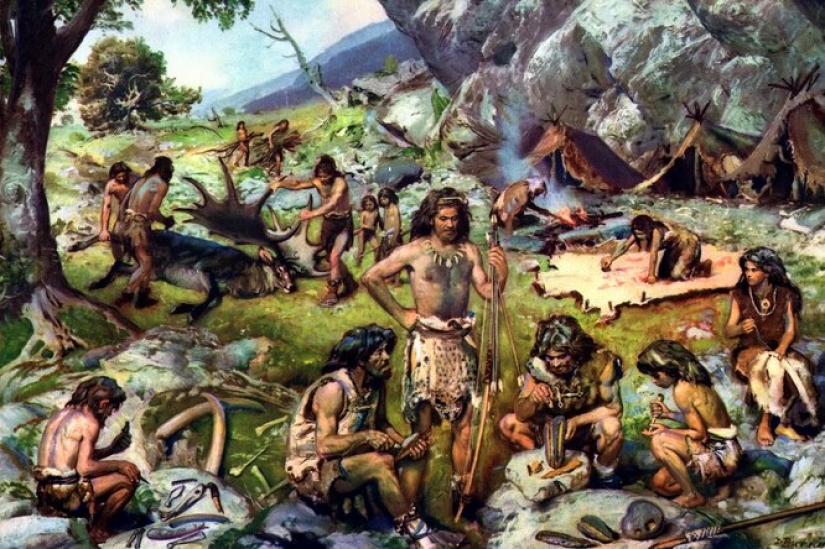
The people of the Pueblo culture in the southwest United States began farming for four centuries BC. For the next 800 years, they grew and ate mostly corn (it accounted for 80% of all consumed calories). Of course, sometimes the diet was diluted with roots or rabbits, but in General, the Pueblo people were visibly malnourished.

However, scientists were surprised to find that the ancient people did not suffer from a lack of nutrients, thanks to the fungus Ustilago maydis (aka "corn smut"). In our days agronomists fight with him, and then the fungus specifically included in the diet to improve the overall level of protein. From corn smut in the composition of valuable amino acid profile, so it is still eaten in Mexico as the delicacy.
Chemical analysis confirmed what was so obvious — mesopotamy liked to drink. Researchers have studied various items of Khani Masi and found the remains of the beer, used between 15 and 10 centuries BC.
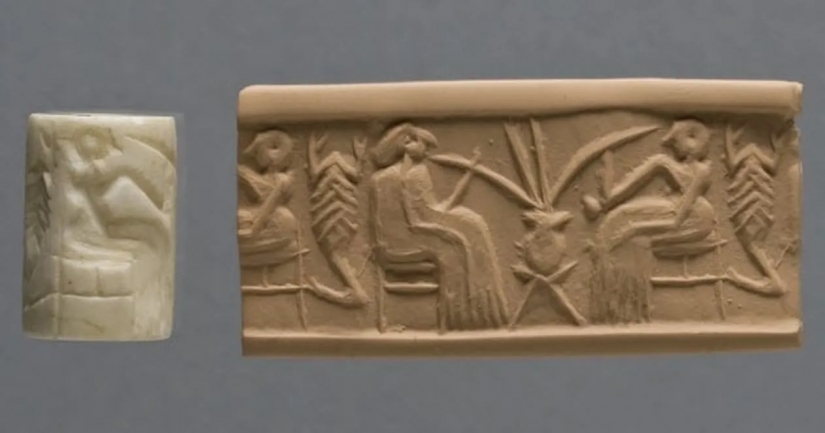
It was quite similar to modern barley, but drank it another way-through straws from large shared vessels. Over time, social traditions, the Chaldeans, and into use gradually entered personal bowl with a volume of 600 ml.
Lead quite toxic, and, as it turned out, from exposure suffered even the Neanderthals. Scientists have found evidence of this in the teeth of the two primitive people from the South of France. The teeth look like on the ring of trees at the dawn of life, the enamel is updated every single day, "canning" of the substance, exposure to which we are exposed.
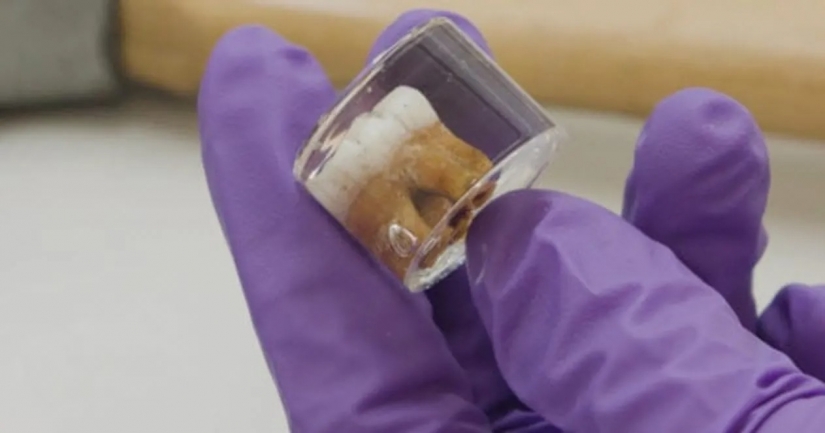
The researchers found that 250 000-year-old Neanderthals were absorbed lead in colder times. The ratio of oxygen isotopes showed that autumn and winter was harsh for the whole tribe, the children were experiencing malnutrition and disease. It is likely they were exposed to lead from contaminated food, water or smoke in air how often lived in caves with underground deposits of this metal.
Science is omnipresent, and if for the sake of knowledge is necessary to study the ancient feces, the scientists will do it! In stool samples from medieval toilets, the researchers found 700 year-old parasites.
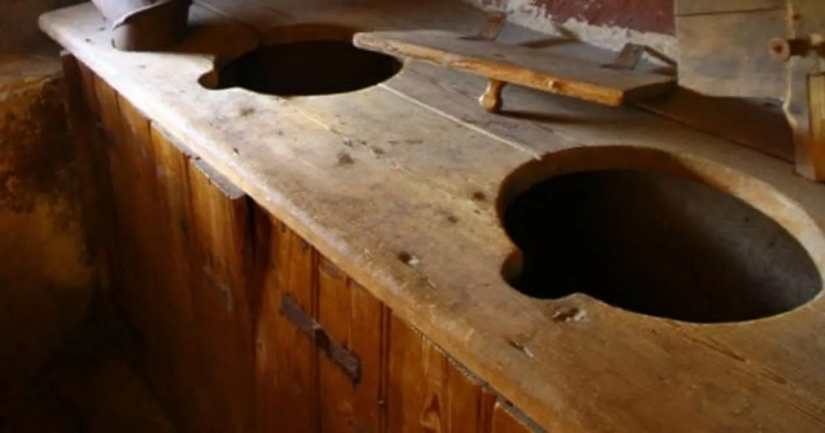
German lübeck was one of the busiest ports in the middle Ages, which automatically means a large number of fish in the diet. Local residents suffered from tape and round worms, as freshwater fish often prepared incorrectly. Feces have also shown that some parasites pushed the other, when the townspeople have moved on to more "meat" diet in the early 14th century. Perhaps the reason for this was the growth of the leather and meat production.
The ancient Chinese knew a lot about the disease and described numerous ailments on pieces of bone or turtle shell. They even were able to do a craniotomy (trepanation) over 3000 years ago.
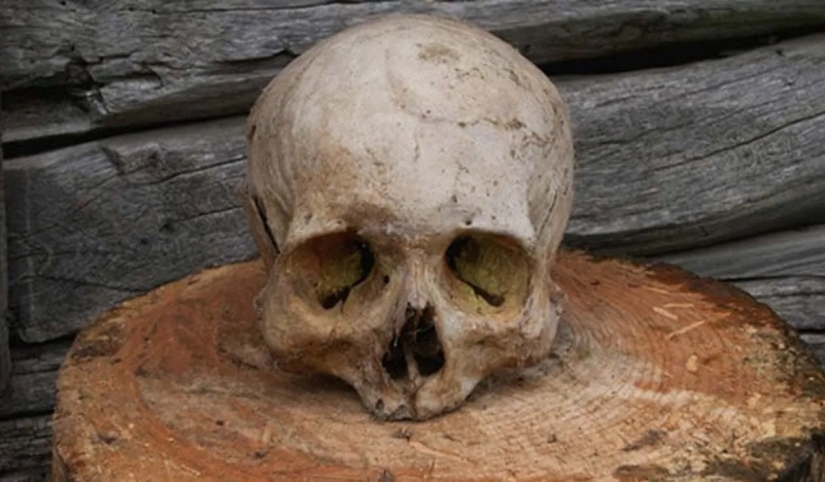
On the ruins of Yin, archaeologists found two skulls with drilled holes. One of the skulls belonged to 10-year-old boy and had a round perforation with a diameter of 1 cm. The bone has started to heal, so the boy survived the result of (or in spite) of the operation. Most likely, "neurosurgeons" used bone needle also found in the ruins.
In ancient society, women were not spared from the violence, according to a study of 378 Scandinavian skulls Dating back to the stone age (from 3900 to 1700 BC). Scientists have found that one of the six skulls of this period were signs of damage of a violent nature.
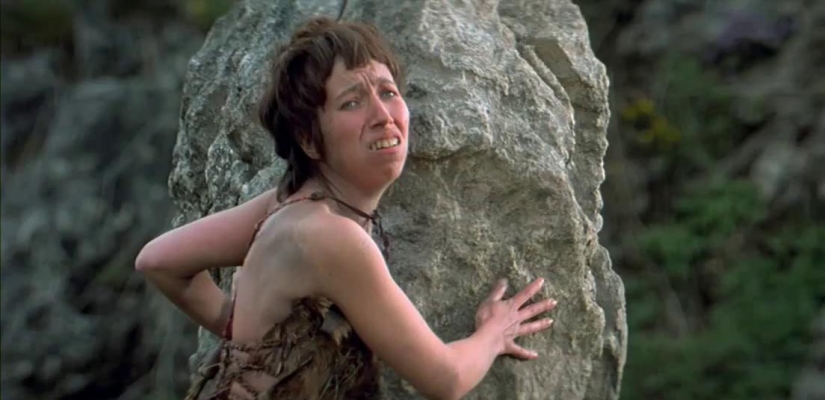
Nearly 10% of the skulls from Sweden and 17% of Denmark was split, and women with the same probability as men, can obtain deadly head injury. This discovery casts doubt on an idyllic view of what women endured in the war. Researchers believe that the injuries were the result of local conflicts, family feuds or raids.
According to a recent finds from the caves Paisley five Mile point, Oregon, bedbugs — the problem is ancient, as the researchers found their ancient representatives.
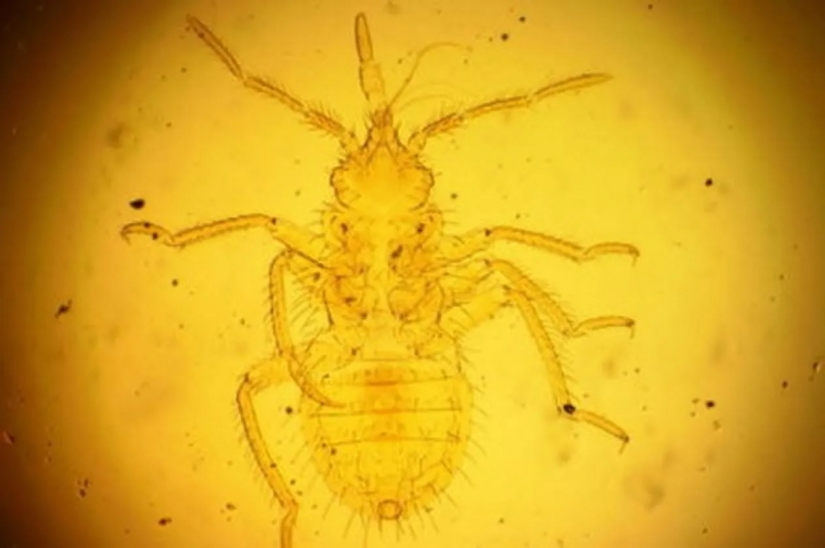
Discovered fragments of the old bugs are of advanced age, 11,000 years that pushed off the pedestal 3500-year-old specimen from Egypt, which is considered the oldest. In contrast to the modern bugs detected species were parasites of bats, not people. However, scientists believe that insects did not refuse to eat and the ancient people, when they lived in caves.
People of the bronze age lived a fairly active lifestyle, but boredom was familiar to them. To dispel homesickness they played the Board game, which, however, has been limited. One game quickly spread from the Middle East, was called "58 holes"," or "dogs and jackals".
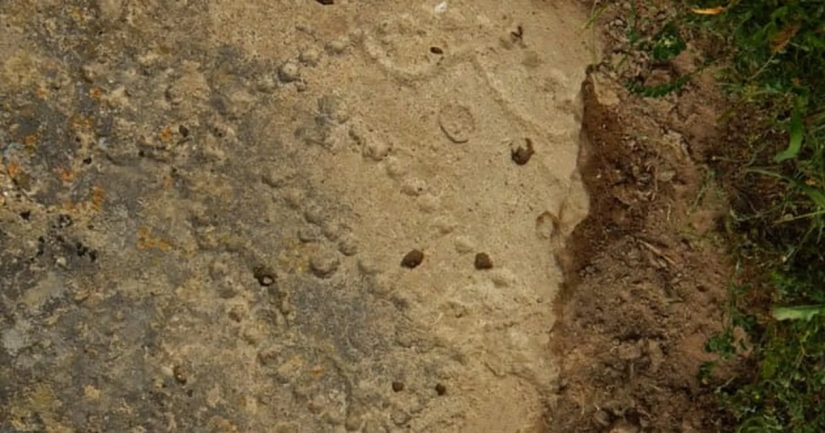
The researchers found "game Board" engraved in a 4000 year old rock shelter in Azerbaijan. The game has a series of dots (typically 58), and the players used some kind of a dice to move their pieces to the top hole. "Dogs and jackals" may have been the predecessors of backgammon and definitely served as a social lubricant, helping the isolated groups to share their culture.
In the caves of Grot de pigeons in Taforalt, Morocco, in a common grave buried 52 adults who lived 15 000-13 700 years ago, and their teeth are horrible. 49 remains were signs of tooth decay — so vast, modern dentist to get rich.
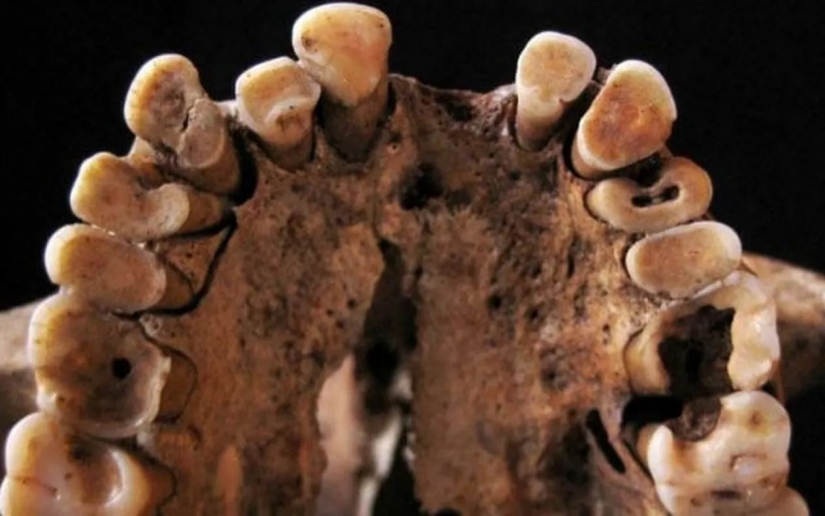
Usually, the tribes not involved in agriculture, the teeth pretty good by today's standards, as they do not collide with the refined carbohydrates in the form of barley or wheat.
But hunter-gatherers from Morocco, apparently, frequently snacking and relied too heavily on nuts, acorns North African, legumes and oats. They probably used the "grind" the tools found there to cook cakes or sweet sticky pulp (perfect for carious bacteria).
Xoloitzcuintli, or Mexican hairless dog, there was about 3,500 years ago, making it one of the oldest breeds. In the Aztec language Nahuatl (the"Xolotl") was the God of death and lightning, a "itzcuintli", which makes sense, means "dog".

The Aztecs worshipped dogs as protectors and guides in the afterlife, helping the dead pass through Mictlan, the Aztec hell. Ceramic figures of the Xoloitzcuintle were found in 75% of the burials. However, the story cruel — as if the Aztecs didn't like his small hairless dogs, they also ate them as a delicacy. Conquistadors arrived, too, do not deny yourself the treat that almost destroyed the breed.
Keywords: The ancient world | People | Weird facts
Post News ArticleRecent articles

A person is different in that he is able to assess the consequences of his actions. Dogs from this post are distinguished by the ...

Can a person live without a brain? Everyone will answer this question in the negative, but will be wrong. In France, they found a ...
Related articles

Many people say that tattoos are forever, and that is no way back, but it's not. Of course, it would be difficult to get rid of the ...

Century Gypsies live next to us, but we know less about them than about the Indians of the Amazon. For example, if you ask ...

New York-based photographer Tria Jovan traveled to Cuba more than a dozen times in the early 1990s and took over 25,000 images, ...

Wild imagination is an essential quality of any artist. And the Dutch illustrator and graphic artist Redmer Hoekstra is also a ...